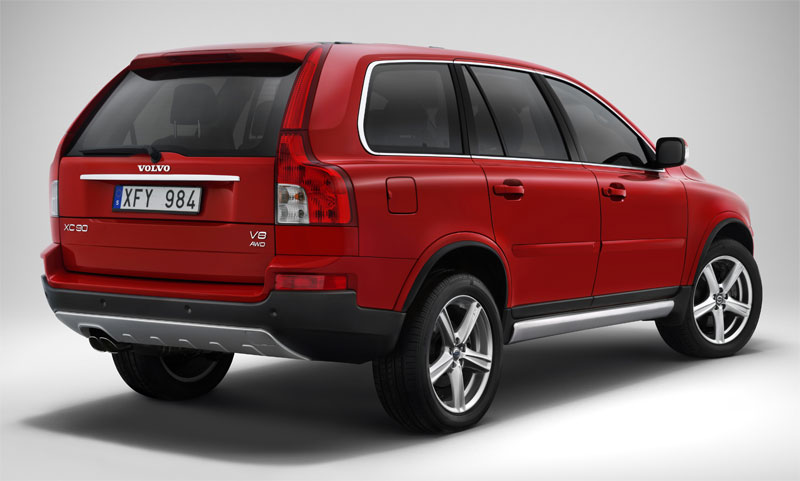

Several government bodies in the United States also did not acknowledge the crossover distinction, including the United States Environmental Protection Agency (EPA). Some regions outside North America do not have a distinction between a crossover SUV and body-on-frame SUV, calling both of them SUVs.

Due to these inconsistencies, the term "SUV" is often used as an umbrella term for both crossovers and SUVs. "Crossover" is a relatively recent term, and early unibody SUVs (such as the 1984 Jeep Cherokee) are rarely called crossovers. However, these definitions are often blurred in practice, since unibody vehicles are also often referred to as SUVs. The difference between crossover SUVs and other SUVs as generally defined by journalists and manufacturers is that a crossover is built using a unibody platform, while an SUV is built using a body-on-frame platform.

Ĭompared to traditional SUVs, crossovers are known to be less capable for use in off-road conditions or hauling heavy loads, while instead offering other advantages such as superior fuel economy and handling. The term SUV is often used as an umbrella term for both crossovers and traditional SUVs due to the similarities between them. Crossovers are also described as "car-like SUVs" or "car-based SUVs". A crossover, crossover SUV, or crossover utility vehicle ( CUV) is a type of automobile with increased ride height that is built on unibody chassis construction shared with passenger cars, as opposed to traditional sport utility vehicles (SUV) which are built on a body-on-frame chassis construction similar to pickup trucks.Ī term that originated from North America, the term crossover was initially used for any vehicle that blends characteristics between two different kinds of vehicles while, over time, crossover mostly refers to unibody-based SUVs.


 0 kommentar(er)
0 kommentar(er)
